Advancements in Data Analytics
The in game-advertising market is increasingly influenced by advancements in data analytics, which enable advertisers to gain deeper insights into player behavior. By leveraging big data, companies can tailor their advertising strategies to target specific demographics more effectively. In 2025, it is estimated that 70% of advertisers utilize data-driven approaches to optimize their campaigns. This shift allows for more personalized advertising experiences, enhancing user engagement and satisfaction. Moreover, the ability to track player interactions with ads in real-time provides valuable feedback, allowing for continuous improvement of advertising strategies. As data analytics tools become more sophisticated, the in game-advertising market is likely to see a rise in targeted campaigns that resonate with players, ultimately driving higher conversion rates.
Rising Mobile Gaming Popularity
The in game-advertising market is experiencing a notable surge due to the increasing popularity of mobile gaming in the US. As of 2025, mobile games account for approximately 50% of the total gaming revenue, which is projected to reach $100 billion. This growth creates a fertile ground for advertisers seeking to engage with a diverse audience. The accessibility of mobile devices allows advertisers to reach gamers in various contexts, enhancing the effectiveness of in game advertisements. Furthermore, the rise of casual gaming has expanded the demographic reach, attracting players of all ages. This trend suggests that advertisers are likely to invest more in mobile in game-advertising strategies, aiming to capitalize on the growing user base and the potential for higher engagement rates.
Emergence of Cross-Platform Gaming
The in game-advertising market is being shaped by the emergence of cross-platform gaming, which allows players to engage with games across multiple devices. This trend enhances the reach of in game advertisements, as players can interact with ads regardless of their chosen platform. In 2025, it is estimated that 60% of gamers participate in cross-platform play, creating a unified audience for advertisers. This interconnectedness enables brands to deliver consistent messaging across various gaming environments, increasing brand recall and engagement. Additionally, cross-platform gaming fosters community building among players, which can amplify the impact of in game advertisements through social sharing. As this trend continues to grow, the in game-advertising market is likely to evolve, with advertisers developing strategies that leverage the benefits of cross-platform interactions.
Integration of E-Sports and Advertising
The in game-advertising market is significantly impacted by the integration of e-sports and advertising. E-sports has emerged as a major entertainment sector, with viewership numbers surpassing traditional sports in some demographics. In 2025, the e-sports industry is projected to generate over $1 billion in revenue, creating ample opportunities for advertisers. Brands are increasingly looking to associate themselves with e-sports events and teams, utilizing in game-advertising as a means to reach a highly engaged audience. This trend indicates that advertisers may allocate a larger portion of their budgets to in game-advertising within e-sports, capitalizing on the passionate fan base and the immersive nature of gaming. The synergy between e-sports and in game-advertising is likely to foster innovative advertising formats that enhance brand visibility.
Growing Demand for Interactive Advertising
The in game-advertising market is witnessing a growing demand for interactive advertising formats that enhance user engagement. Players are increasingly seeking immersive experiences that allow them to interact with brands in meaningful ways. In 2025, interactive ads are expected to account for 30% of all in game-advertising expenditures, reflecting a shift towards more engaging content. This trend suggests that advertisers may invest in innovative formats such as playable ads, which allow users to experience a mini-version of a game before making a purchase. The rise of interactive advertising not only benefits brands by increasing visibility but also enhances the overall gaming experience for players. As the demand for interactivity continues to rise, the in game-advertising market is likely to adapt, fostering creativity and innovation in advertising strategies.


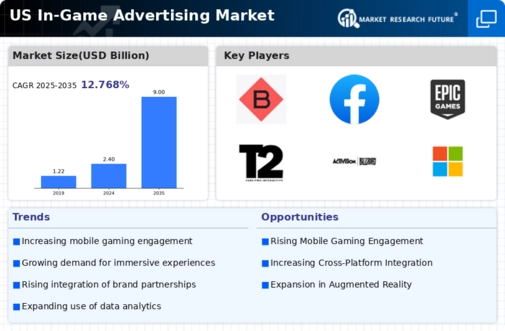
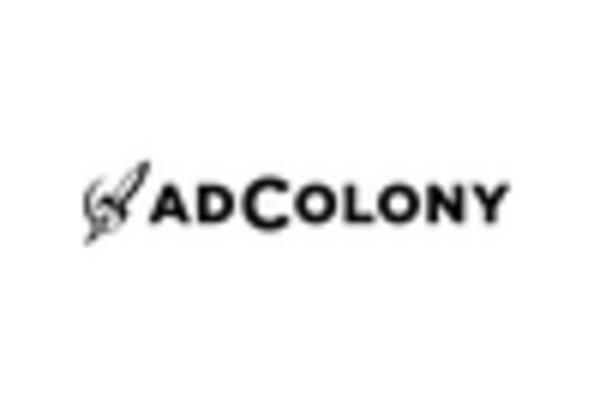

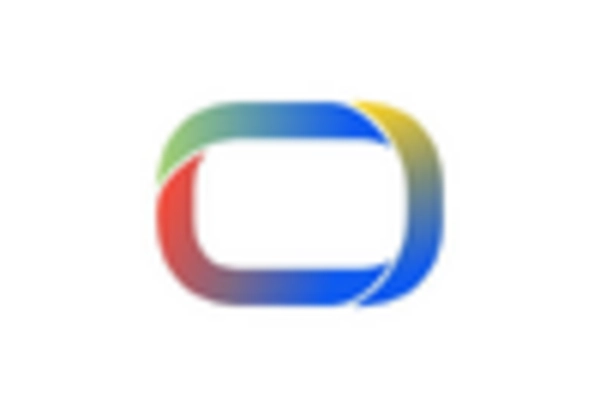
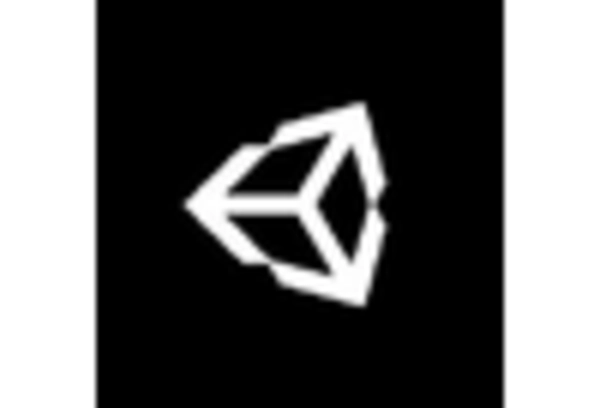
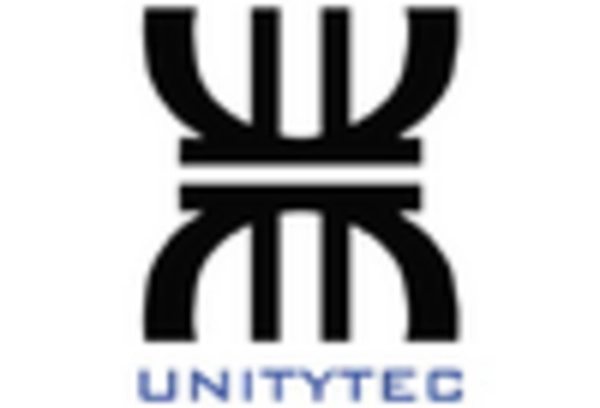
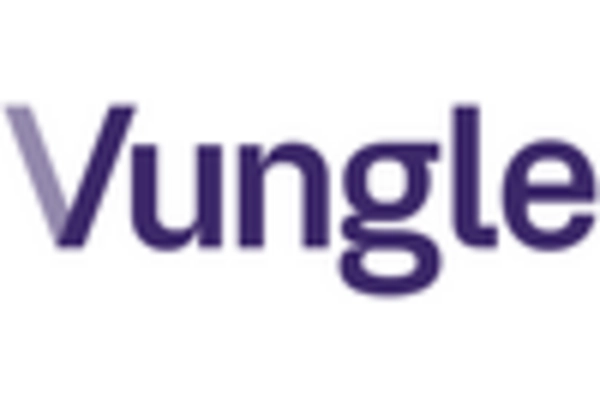








Leave a Comment